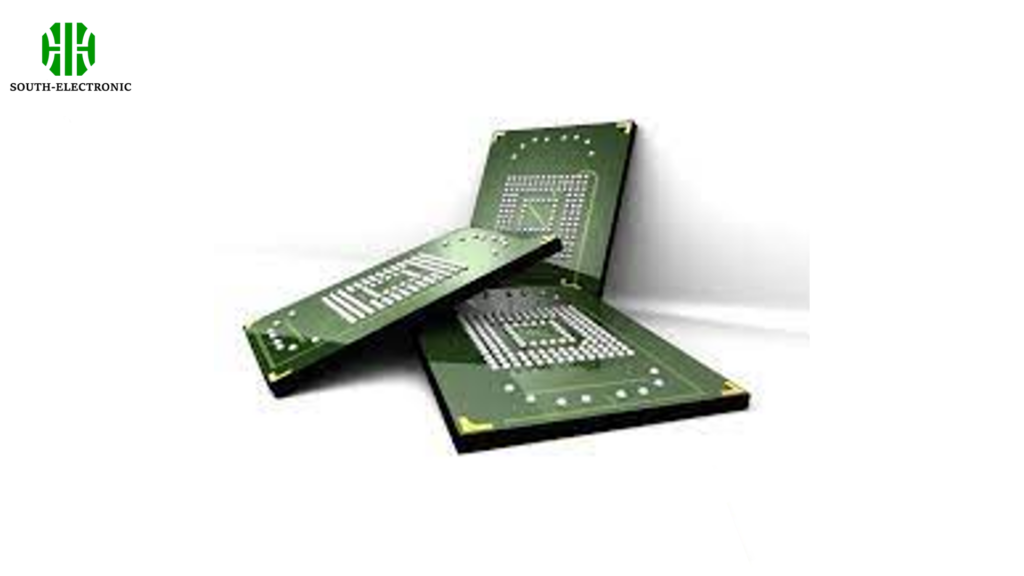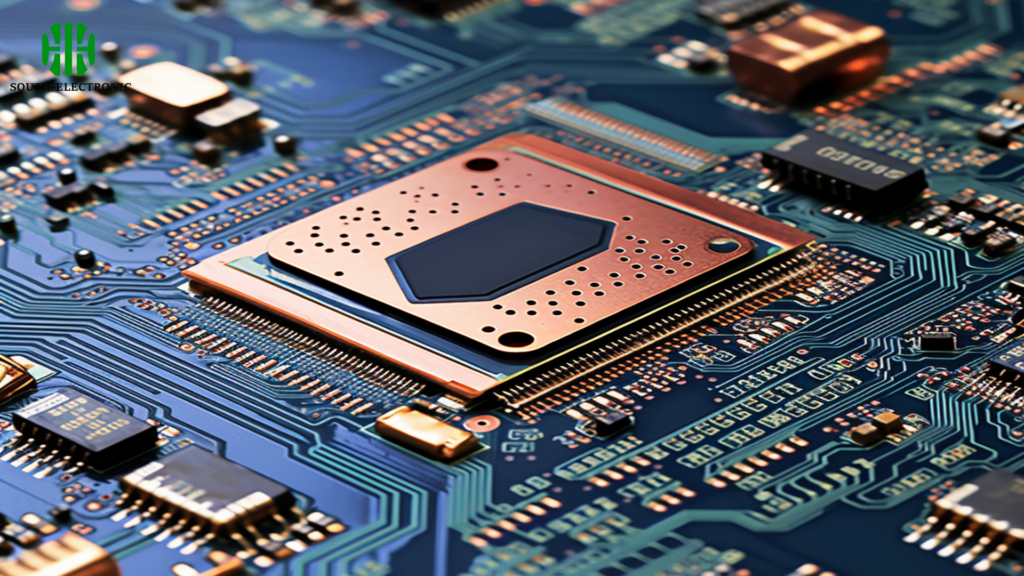Introduction
In the world of electronics design, the planning of multilayer printed circuit board (PCB) stackups becomes one of the key factors in optimizing product performance. Due to its complex architecture, it forms the backbone of modern electronics. The essence of this structure lies in its ability to significantly enhance the electrical performance of signal transmission. This is accomplished by mitigating potential issues such as electromagnetic radiation, crosstalk, and susceptibility to external noise. These impediments can cause intermittent operation, timing failures, and disturbances that degrade product performance and reliability.
Advantages of Multilayer PCB
Multilayer PCBs with copper planes contrast with more basic two-layer boards. The ability to route signals in a microstrip or stripline configuration with controlled impedance significantly reduces radiation. This tight coupling to a plane, whether ground or power, also reduces crosstalk and enhances signal integrity. It is worth noting that a four-layer board may emit 15 dB less radiation than a two-layer board.

Key Considerations for Stacking Selection
There are several factors to consider when choosing a multi-layer stack:
- Signal layer adjacency: Ensuring that signal layers are always adjacent to planes limits the number of embedded signal layers between planes.
- Coupling and Plane Utilization: Signal layers should maintain tight coupling to adjacent planes. Power and ground planes play an important role in the signal return path.
- Signal Return Path: The signal return path (usually the closest plane) is critical for fast rise time signals due to its low inductance.
- Cost Considerations: Of course, cost remains a decisive factor in design considerations.
The effect of solder mask on impedance
The application of solder mask on the PCB affects the impedance level. Typically, solder mask can reduce impedance on thin traces by 2 to 3 ohms, a factor that becomes less noticeable as trace thickness increases.
Dielectric Materials
FR4 is the most commonly used dielectric material and is available in both core and prepreg forms. The core consists of thin, cured fiberglass epoxy resin with copper foil on both sides, while the prepreg consists of fiberglass sheets impregnated with uncured epoxy resin.

Stacking configuration
The “foil method” and the “lid method” represent popular stacking configurations. The former involves bonding copper foil to the outermost layer of prepreg, while the latter uses the opposite approach.
Determine the number of layers and impedance
The number of layers is determined by the complexity of the design and is affected by factors such as BGA breakout requirements, power requirements, component density, and package type. The preliminary route completion rate without adjustments was 85%, which serves as a litmus test for the adequacy of the chosen stack.
Characteristics and differential impedance calculations depend on established design rules and component data sheet specifications. Typical impedance range is between 50 and 60 ohms.
Conclusion
Planning a multi-layer PCB stackup is a meticulous process that requires meticulous attention to detail. Well-executed layup not only enhances the electrical performance of the product but also paves the way for an efficient manufacturing process. As technology continues to advance, the importance of mastering this aspect of PCB design cannot be overstated as it is at the heart of modern electronics.


